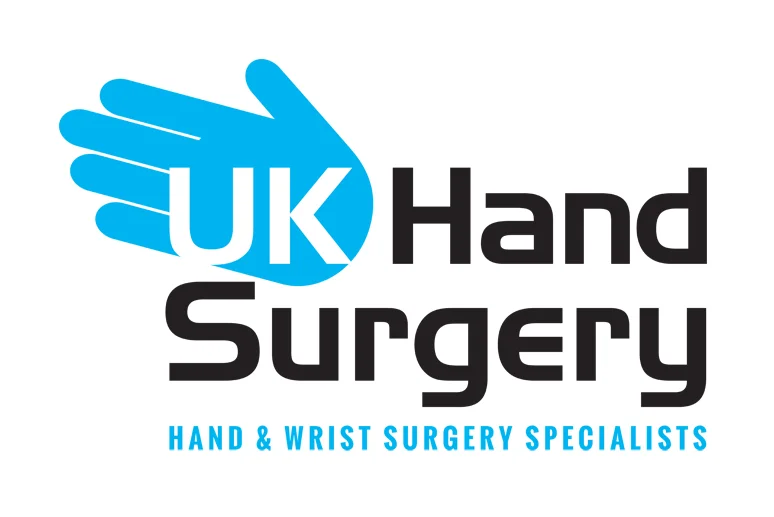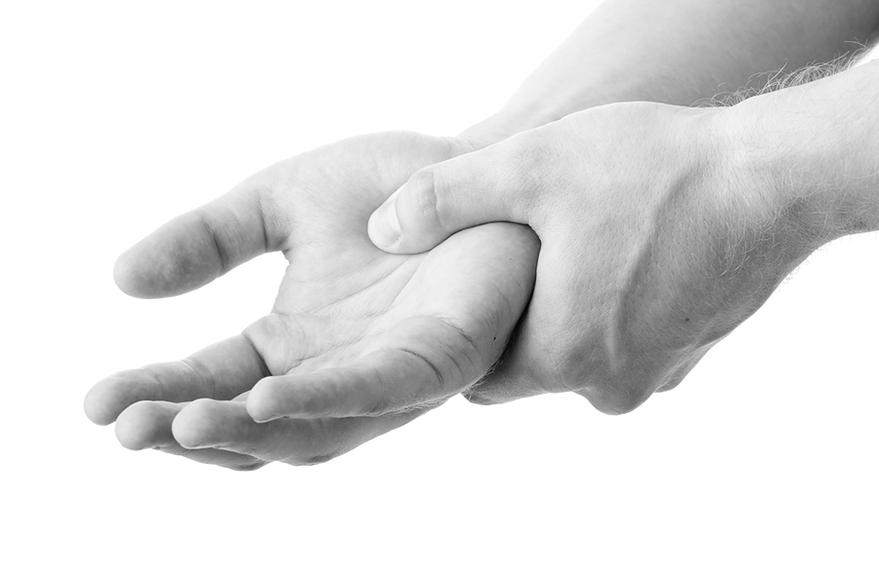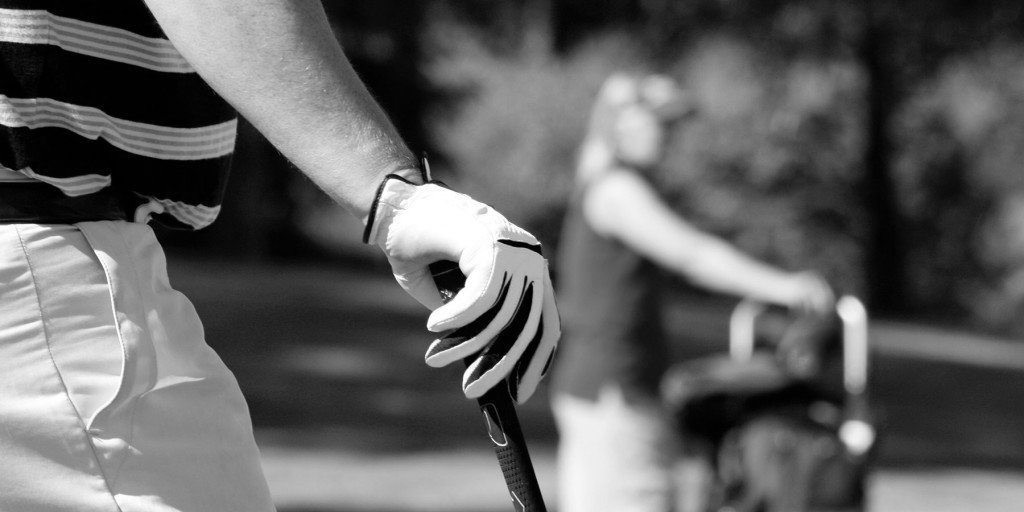Wrist Ligament Injuries
The wrist is formed by a number of small bones, which are connected to each other and strong pieces of tissue known as ligaments. In certain injuries such as a fall, excessive stretching or lifting, the ligaments can become sprained, partially torn or completely torn.
Ligament injuries can be divided into three main categories according to the degree of stretching caused within the ligament:
• Grade 1 Mild sprain due to a stretch of the ligament
• Grade 2 Moderate sprain and partial tear of the ligament
• Grade 3 Complete tear or disconnection of the ligament at its attachment.
The main symptoms are pain, instability and weakness,. In addition there maybe swelling and bruising around the wrist. If this occurs then you need to seek treatment to avoid further damage or long term injury. An examination of your hand and wrist will be done to isolate the cause of the pain and imaging tests will be needed to make sure there is no fracture. X-rays are routinely performed, but other tests such as an MRI scan may be needed for a diagnosis.
Treating ligament Injuries
For mild sprains the usual treatment is based on addressing the symptoms by resting the wrist, using a splint, applying ice for short periods, using an elastic bandage to compress and raising the arm slightly to reduce the swelling. Simple painkillers such as ibuprofen also help reduce the inflammation. For moderate to severe sprains / injuries surgery may be necessary to repair the damaged ligament. In some cases we may wish to further examine the wrist, by way of minimally invasive wrist arthroscopy. The aim of surgery will depend upon the particular ligament you have injured and the grade of the injury.
In some cases wrist arthroscopy is performed where 2-4 small cuts are made over the wrist and a small camera and other instruments inserted. Through this technique injury to the ligaments can be fully appreciated and any additional damage to the joint can be fully assessed..
In other cases a repair or reconstruction of the ligament is required and this may need to be performed with open surgery.
After Surgery
Taking simple painkillers such as paracetamol regularly for the first 2 days after the operation will help to relieve any post-operative pain, keeping the arm elevated can also help reduce any swelling. For a wrist arthroscopy you are encouraged to start early mobilisation and this will be discussed with you following your procedure.
In open surgery, you will be advised to wear a splint or lightweight cast for 6-8 weeks, depending on type of surgery performed. Our physiotherapist will provide you with specific wrist exercises to support your recovery, early movements are encouraged in some cases.
If you have open ligament surgery, the ligament may take 6-8 weeks to mend fully, but the return to normal wrist function can be longer. Therefore your return to work and normal activity will be guided by the severity of your injury and the progress you make after surgery as well as the type of job you have.







